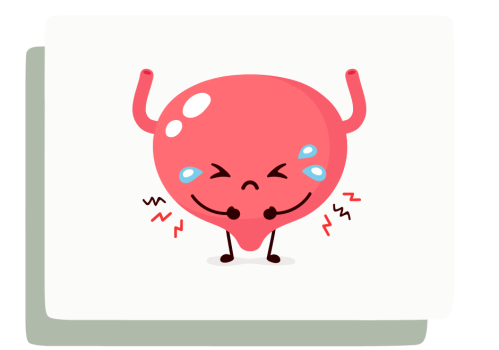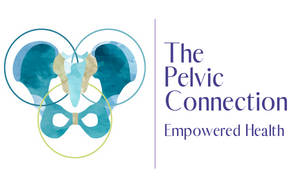
- Urinary urgency/frequency
- Urinary incontinence
- Overflow incontinence
- Painful bladder syndrome
- Interstitial cystitis
- Incomplete voiding
- Post voidal dribble
The bladder sits right behind the pubic bone, inside the pelvic bowl and is well supported by the pelvic floor muscles from below. The urethra goes through the pelvic floor muscles and that’s how pelvic floor muscles are able to influence both these structures.
Mechanically, pelvic floor muscles keep the urethra closed by creating a tension around it. This tension in the pelvic floor, at rest, supports the bladder from below and allows it to quietly fill to the max capacity. When completely full and when socially appropriate to pee, the pelvic floor muscles must relax to allow the outflow of the urine through the urethra.
A dysfunction in this mechanism can cause issues such as urinary urgency/frequency, urinary leakage, inability to hold the urine or empty the bladder fully etc. Contrary to common perception, the pelvic region is NOT just about the muscles! The pelvic organs (bladder, uterus, Fallopian tubes, ovaries, prostate, rectum), nerves, ligaments, the bony pelvis and the fascia all influence one another and could have impaired mobility when in a dysfunctional state. Hyperactivity in the muscles, hypersensitive nerves or the organs themselves could be behind the symptoms. A careful examination would help your provider unearth the root cause of the problem.
